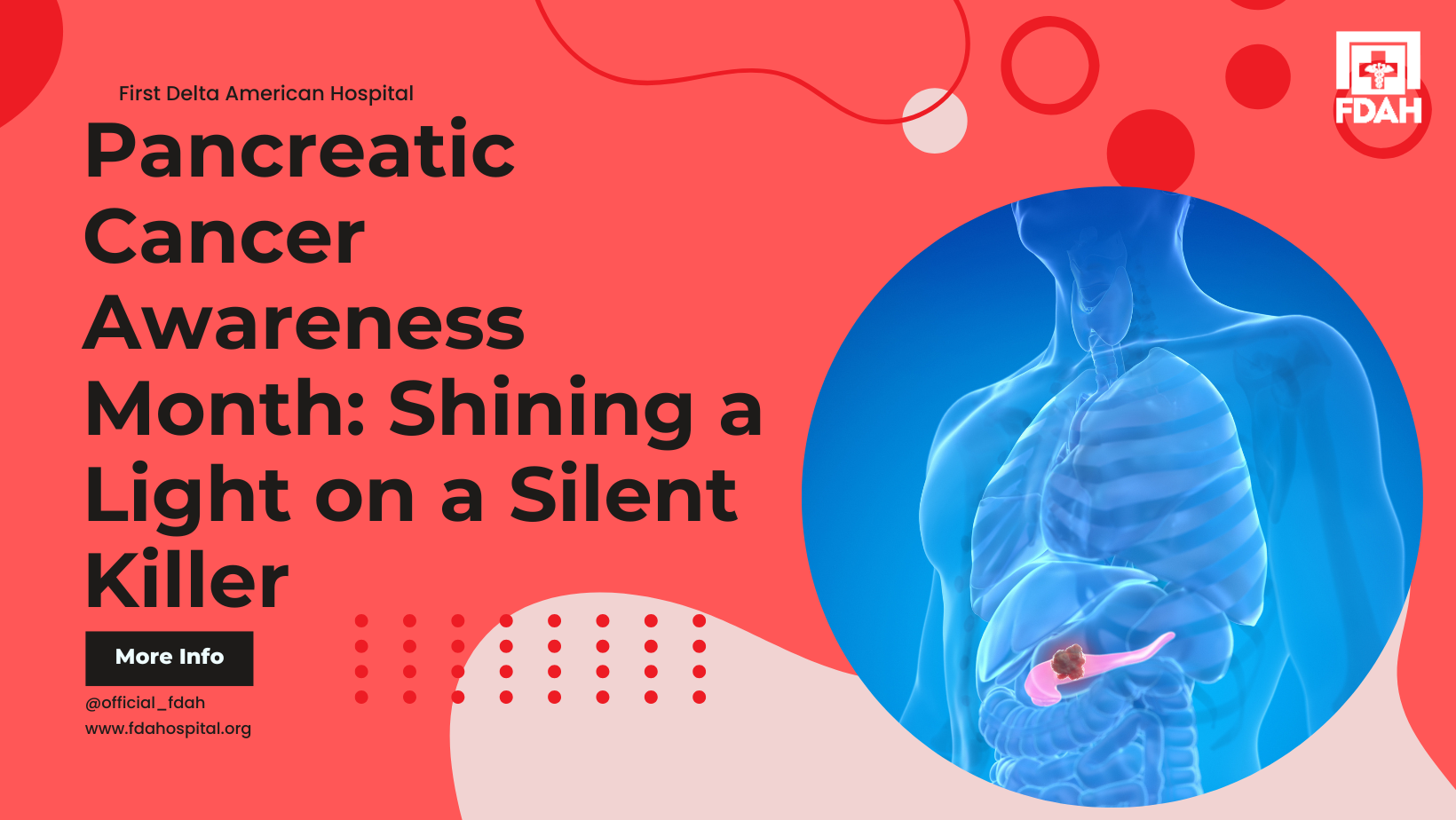Breast Cancer Awareness Month, observed every October, is a global campaign to raise awareness about the impact of breast cancer. It is a time dedicated to educating people about the importance of early detection, providing support to those affected, and highlighting the advancements in treatment and research. The pink ribbon, which has become synonymous with breast cancer awareness, symbolizes the fight against the disease and the hope for a future where breast cancer is no longer a life-threatening condition.
In this article, we will explore the significance of Breast Cancer Awareness Month, the importance of early detection, the various treatment options available, and how individuals and communities can get involved in raising awareness. Additionally, we will provide a detailed look at self-examinations, mammograms, and the role of nutrition and lifestyle in breast cancer prevention. Whether you are a survivor, a caregiver, or someone who wants to make a difference, this article aims to empower you with knowledge and practical steps toward a breast cancer-free world.
Understanding Breast Cancer
Breast cancer is the most common cancer among women worldwide, affecting millions each year. It occurs when the cells in the breast begin to grow uncontrollably, forming a tumor that can spread to other parts of the body if not detected and treated early. While the majority of breast cancer cases are diagnosed in women, men can also develop the disease, though at a much lower rate.

There are several types of breast cancer, including:
- Ductal Carcinoma In Situ (DCIS): A non-invasive cancer where abnormal cells are found in the lining of the breast ducts but have not spread beyond the ducts.
- Invasive Ductal Carcinoma (IDC): The most common type of breast cancer, which starts in the ducts and spreads to other tissues.
- Invasive Lobular Carcinoma (ILC): This type begins in the lobules (glands that produce milk) and can spread to nearby tissues.
- Triple-negative Breast Cancer: A more aggressive form of breast cancer that lacks three common receptors (estrogen, progesterone, and HER2), making it harder to treat.
- HER2-positive Breast Cancer: A type of breast cancer that tests positive for a protein called human epidermal growth factor receptor 2 (HER2), which promotes cancer cell growth.
The Importance of Early Detection
Early detection of breast cancer can significantly increase the chances of successful treatment and survival. According to the American Cancer Society, the five-year survival rate for localized breast cancer (cancer that has not spread outside the breast) is 99%. This highlights the importance of regular screenings and being vigilant about changes in the body.
There are three primary methods for early detection:
1. Self-Examination
Breast self-examinations (BSE) are an essential tool for detecting changes in the breast. While not a substitute for professional screening methods, self-examinations allow individuals to become familiar with the normal look and feel of their breasts, making it easier to detect any unusual changes.
How to Perform a Breast Self-Examination:
- Stand in front of a mirror with your shoulders straight and arms at your sides.
- Look for changes in breast size, shape, or color. Check for swelling, dimpling, or changes in the nipple.
- Raise your arms and repeat the visual inspection.
- While lying down, use the pads of your fingers to feel for lumps or abnormalities. Use a firm, smooth touch, and cover the entire breast from top to bottom and side to side.
- Repeat the examination while standing or sitting.
If you notice any changes or abnormalities, such as a lump, pain, or changes in skin texture, consult a healthcare professional immediately.
2. Mammograms
Mammograms are X-ray images of the breast used to detect tumors that may not be felt during a physical exam. Regular mammograms are recommended for women over the age of 40 or earlier if they have a family history of breast cancer. Mammograms can detect breast cancer early, often before symptoms develop, improving the chances of successful treatment.
The screening guidelines vary slightly depending on the organization, but most experts recommend:
- Women aged 40 to 44: Optional annual mammograms.
- Women aged 45 to 54: Annual mammograms.
- Women aged 55 and older: Mammograms every two years or continue yearly, depending on individual health needs.
Consult with your healthcare provider to determine the best screening schedule for you.
3. Clinical Breast Exams
A clinical breast exam (CBE) is performed by a healthcare provider who physically examines the breasts and underarms for lumps or other abnormalities. This method is often used in conjunction with mammograms for comprehensive screening. Clinical breast exams are particularly useful for women who are at higher risk for breast cancer or have noticed changes in their breasts.
Treatment Options for Breast Cancer
Treatment for breast cancer varies depending on the stage and type of cancer, as well as the patient’s overall health and preferences. Advances in treatment options have significantly improved the survival rates for breast cancer patients.
The most common treatment options include:
1. Surgery
- Lumpectomy: Removal of the tumor and a small margin of surrounding tissue. This option is often chosen for early-stage breast cancer and is usually followed by radiation therapy.
- Mastectomy: Removal of the entire breast. In some cases, both breasts are removed as a preventive measure (bilateral mastectomy).
- Sentinel Lymph Node Biopsy: A procedure to determine if cancer has spread to the lymph nodes. If cancer is found in the sentinel nodes, additional lymph nodes may be removed.
2. Radiation Therapy
Radiation therapy uses high-energy rays to target and destroy cancer cells. It is often used after surgery to kill any remaining cancer cells and reduce the risk of recurrence. Radiation therapy can be delivered externally or internally (brachytherapy), depending on the individual case.
3. Chemotherapy
Chemotherapy involves the use of drugs to kill cancer cells. It can be administered before surgery (neoadjuvant therapy) to shrink tumors or after surgery (adjuvant therapy) to eliminate any remaining cancer cells. Chemotherapy is also used in advanced stages of breast cancer to control the spread of the disease.
4. Hormone Therapy
Hormone therapy is used to treat breast cancers that are hormone receptor-positive (estrogen or progesterone). This treatment blocks the body’s natural hormones from fueling cancer growth. Common hormone therapies include tamoxifen and aromatase inhibitors.
5. Targeted Therapy
Targeted therapies focus on specific proteins or genes that contribute to cancer growth. For example, HER2-positive breast cancers can be treated with drugs like trastuzumab (Herceptin), which specifically targets the HER2 protein. Targeted therapies often have fewer side effects than traditional chemotherapy.
Lifestyle Changes for Breast Cancer Prevention
While some risk factors for breast cancer, such as age and genetics, cannot be controlled, there are lifestyle changes that can help reduce the risk of developing breast cancer.
1. Maintain a Healthy Weight
Obesity, particularly after menopause, has been linked to an increased risk of breast cancer. Maintaining a healthy weight through a balanced diet and regular exercise can reduce your risk.
2. Exercise Regularly
Physical activity helps to maintain overall health and lower the risk of breast cancer. Aim for at least 150 minutes of moderate exercise or 75 minutes of vigorous exercise per week.
3. Limit Alcohol Consumption
Studies have shown that alcohol consumption is linked to an increased risk of breast cancer. Limit alcohol intake to no more than one drink per day, or avoid it altogether.
4. Quit Smoking
Smoking is associated with many types of cancer, including breast cancer. Quitting smoking can improve your overall health and reduce your cancer risk.
5. Eat a Balanced Diet
A diet rich in fruits, vegetables, whole grains, and lean proteins can help reduce the risk of breast cancer. Antioxidant-rich foods, such as berries, leafy greens, and nuts, are particularly beneficial for overall health.
The Role of Research in the Fight Against Breast Cancer
Research plays a critical role in advancing the understanding and treatment of breast cancer. Over the years, significant strides have been made in identifying risk factors, improving diagnostic techniques, and developing new therapies. Some key areas of ongoing research include:
- Genetic Research: Studies on genes like BRCA1 and BRCA2 have helped identify individuals at higher risk of developing breast cancer. This has led to improved screening and preventive measures for high-risk individuals.
- Immunotherapy: Immunotherapy is a promising area of research that involves using the body’s immune system to fight cancer. Researchers are exploring how to enhance the immune response to target and destroy breast cancer cells.
- Personalized Medicine: Personalized medicine involves tailoring treatment plans based on an individual’s genetic makeup and specific characteristics of their cancer. This approach aims to improve outcomes by targeting therapies to the unique needs of each patient.
How You Can Get Involved During Breast Cancer Awareness Month
Breast Cancer Awareness Month offers numerous opportunities for individuals and communities to get involved in the fight against breast cancer. Here are some ways you can participate:
- Spread Awareness: Share information about breast cancer on social media, at work, or in your community. Encourage friends and family to perform self-exams and schedule regular screenings.
- Donate to Research: Support organizations that fund breast cancer research and provide resources for patients and survivors.
- Participate in Events: Many organizations host walks, runs, and other events during October to raise funds and awareness for breast cancer. Participating in these events can make a real difference.
- Support a Loved One: If someone in your life is battling breast cancer, offer your support. Whether it’s through a kind word, a meal, or a donation to their treatment fund, your support can make a meaningful impact.
Conclusion
Breast Cancer Awareness Month is an important time to reflect on the progress made in the fight against breast cancer and to continue raising awareness about the importance of early detection, research, and support. By spreading knowledge, advocating for regular screenings, and supporting research, we can move closer to a future where breast cancer is no longer a threat to the lives of women and men around the world.
Let this October be a reminder that together, we can make a difference in the fight against breast cancer. Whether you’re participating in a local awareness event, sharing information online, or supporting a loved one, your efforts can help save lives.




